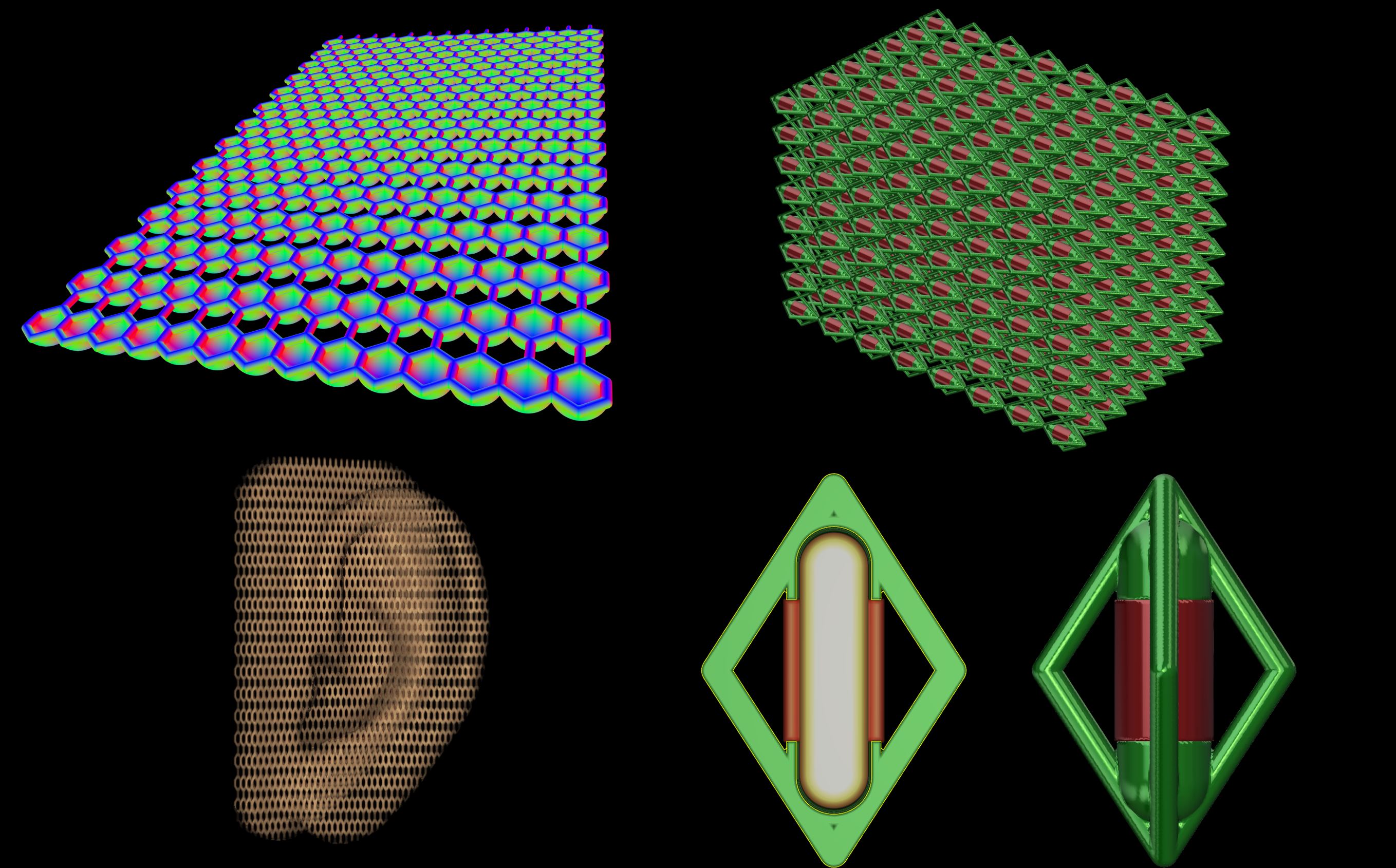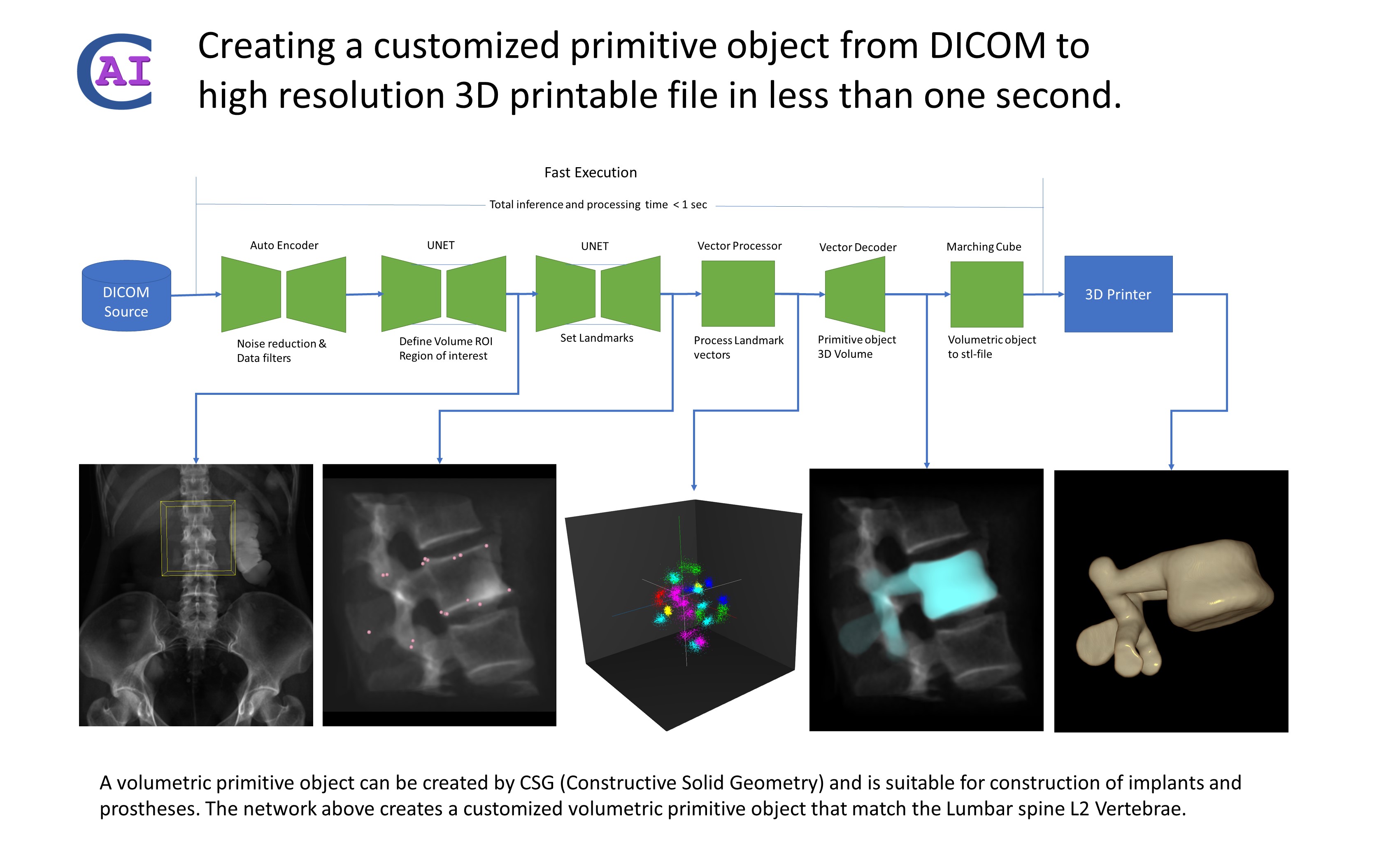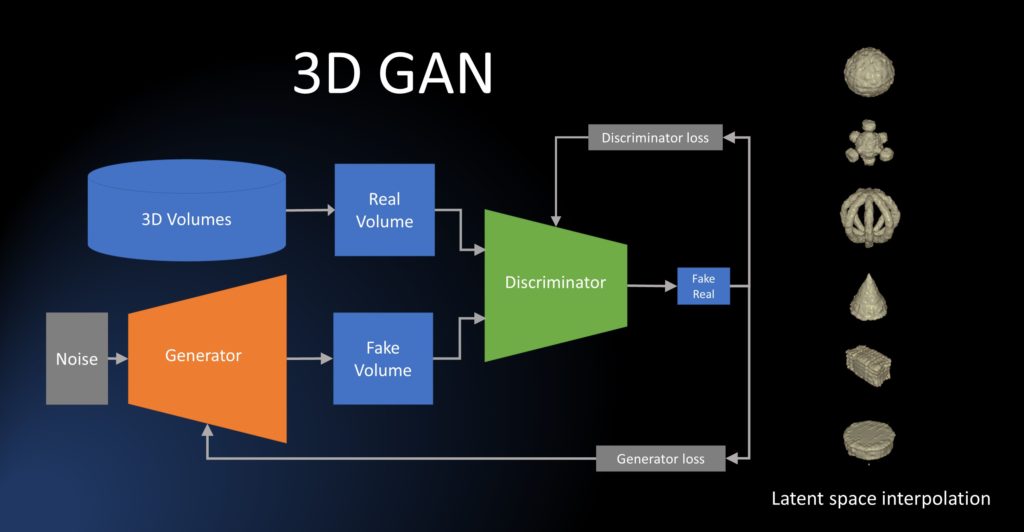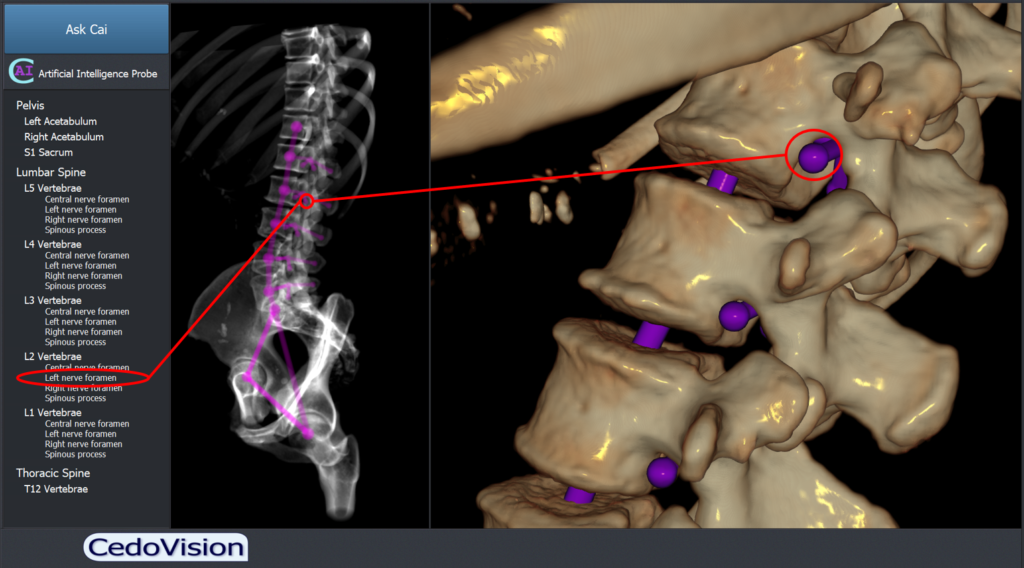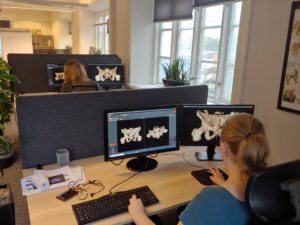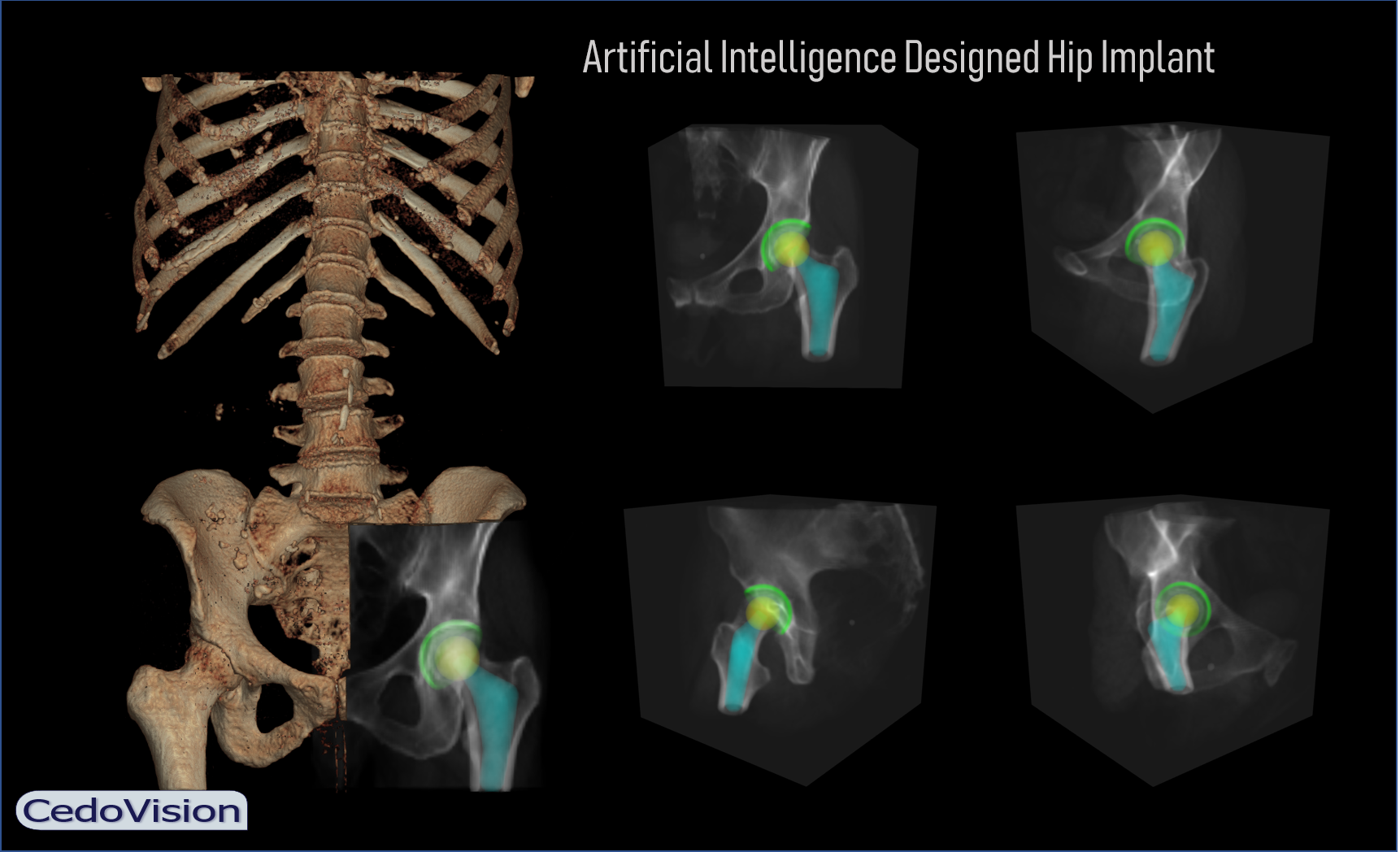About
CedoVision Technology AB is a knowledge based software company specialized in the development of customized CAD/CAM solutions for the life science arena. We offer customized solutions including software applications, system interfaces and maintenance.
We are at the moment in an exciting period of technology development within artificial intelligence. Our focus area is on AI in medical 3D imaging.
Next Generation Software Platform
Our proprietary platform is developed to support: Artificial Intelligence & Deep Learning, 3D CAD Video, 3D Virtual Reality, Additive Manufacturing, Big Data Storage, Thin Client Grid solutions and Customized User interfaces.
CedoVision AI Platform
Artificial Intelligence (AI) in medical 3D imaging will make a big impact in healthcare. Within a near future AI will be integrated in most of the new medical image systems.
The computer hardware technology will soon be so powerful that it will be possible to implement thousands of AI networks in a single graphics card. One AI network can be trained for different purposes. For instance some networks can be trained to detect and locate medical landmarks and others for measurements. Most known knowledges and experiences can be transferred to AI networks. Furthermore the AI system itself can be used to train more AI networks.
The CedoVision AI (CAI®) platform is being developed too meet the future in 3D medical imaging systems.
The CedoVision Graphics Server®, CGS, is a graphics software with powerful 3D functionality for use within medical imaging and planning. The server is designed and optimized for development of applications with high quality requirements, long lifecycles and high flexibility.
CGS uses Windows Inter Process Communication and can interface most of the modern programming language platforms (e g C++, C#, Java, Delphi). CGS also allows simultaneous interfacing of 32-bit and 64-bit applications.
The CedoVision Artificial Intelligence® (CAI) is a comprehensive platform comprising AI servers, controllers, monitoring systems, script system, data logistics and APIs. Our script system enables to manage complex and long training cycles, which can sometimes span days or even weeks. We develop customized applications for tasks such as data preparation, annotations and user applications for AI models. The system is optimized to handle large 3D images, typically sourced from CT or MR scanners.
We continuously update CAI® to keep in phase with the rapid advancements in AI technology.
Generative AI
Generative AI models can be trained to generate synthetic 3D x-ray images. By completing true medical data with synthetic data it is possible improve the AI models. Additional benefits are that the generated information is anonymous, which will simplify the development of medical AI applications.

AI-Morphing
The image illustrates AI-morphing using a conditional generative 3D model. Child-AB and Child-BA result from interpolating conditional inputs between Parent-A and Parent-B. Variations between the two children emerge due to random shifts in the influence of conditional vectors from each parent. Unlike conventional CAD-based augmentation techniques, AI-morphing significantly reduces bias in generated samples, enabling the creation of diverse object populations that closely resemble natural variability.

A flow-based model transforms the non-homogeneous cluster (left) into a Gaussian-like distribution (right). The line between points A and B in the original cluster passes through empty regions in the latent z-space, highlighting gaps in the higher-dimensional representation. The flow model smooths out these gaps, enhancing the morphing capabilities of conditional generative 3D models.
Normalization Flow with 3D Z Space
This visualization shows a normalization flow transforming 3D space into a structured latent space (right). Starting with a Gaussian noise sphere and a simple wireframe cube, the flow model has been trained to map the distribution onto the surface of two separated spheres. The result reveals how the model creates a connection between the spheres and organizes the latent space into distinct, meaningful structures.

Normalization Flow Model
Normalizing flows are a powerful tool in 3D CT imaging. Unlike other methods, they can accurately transform complex 3D structures into a simpler latent space and then perfectly reconstruct them. This unique invertibility makes them ideal for generating high-quality synthetic 3D data. Normalizing flows are rapidly emerging as a crucial AI technology in medical imaging, opening the door to innovative new applications.
Perlin Noise
Volumetric Perlin noise sphere. Isometric and X-ray view.
Noise injection is a common method to improve the training of medical 3D images. Unlike standard noise (Gaussian or Salt-and-Pepper), which is typically uncorrelated, Perlin noise is spatially coherent and can simulate patterns found in natural structures.
Hip Bone Generator
Our AI model is designed to create detailed 3D representations of hip bones with high quality. The inherent flexibility of AI models allowing transitions between different shapes, as demonstrated in this video.
Important: Data in this video is 100% synthetic and may not correspond to medical facts.

Generator inference setup
This is how to utilize the trained AI-model. The generator model is an Autoencoder designed for vector inputs and 3D data output.
Input possibilities:
– Random noise for generating random objects.
– Embeddings for attributes like Gender, Diseases and other medical terms.
– Feature vectors for landmarks and objective data.
The training setup is adapted to the purpose and data type, using techniques like GANs, Diffusion models, or other generative models as needed.

AI Generated Pelvis
We are developing AI technology that can generate and accurately match hip bones and the sacrum.
Simulation of a lumbar spine segment with AI generated vertebrae (L2-L5)

Inference setup for the generative model.
The input vectors can be mapped to many different properties (landmarks, size, shape, age, diseases, etc). Using an encoder model, it is possible map and use vectors from other sources of information for example text information and other types of 2D and 3D image sources.

AI generated human vertebrae.
The spheres in the left part of the image representing different properties. The dots insides the spheres represent the input vector values.
Gallery
Data Augmentation
AI Training progress monitor for 3D convolutional neural networks. A Vector Interpolation Carousel showing interpolation in 11 dimensions.
Vector Interpolation Carousel in VR 3D
CAI Prediction of landmarks, localization of objects and segmentation of volumes.


Project Model
We work according to a professional process controlled project model. Our working methods in development projects are influenced by Agile methods where the work is done in close cooperation with the customer.
The model contains well-defined activities, document templates and checkpoints for quality follow-up and assurance
Quality
We value and strive to achieve high quality in our software and system solutions. Our work complies with a quality system, based on the ISO 9001 requirements as well as on international quality standards concerning programs and lifecycle processes for systems.
We work in close cooperation with our customers and strive to constantly improve our quality to match customer requirements, regulatory requirements, regulations and own driving forces.

